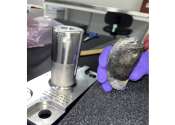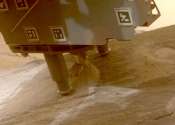Using deep learning to image the Earth's planetary boundary layer
Although the troposphere is often thought of as the closest layer of the atmosphere to the Earth's surface, the planetary boundary layer (PBL)—the lowest layer of the troposphere—is actually the part that most significantly ...









